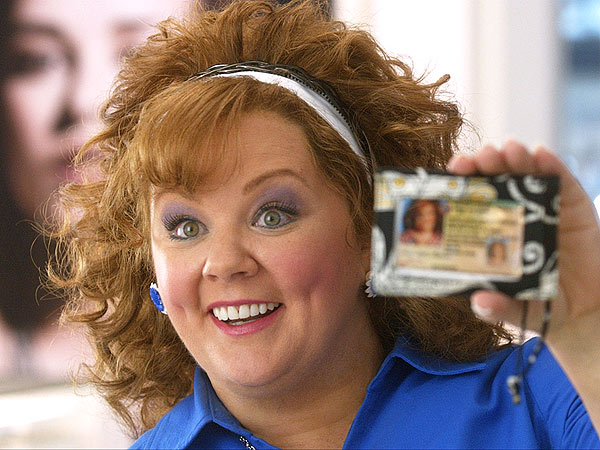The door to the bar in Palms swung open, and strains of the theme from "Rocky III" burst into the street: "It's the eye of the tiger / It's the thrill of the fight!"
It was the call to arms for the Tuesday trivia night at the Irish Times pub.
A tall man stood among the Irish flags and faux-antique Guinness etchings and shot off the first question: "An NFL broadcaster who earned a law degree." Regulars nursing craft brews and munching on mozzarella sticks at the bar ignored him. But in the corner, John Verran and his trivia team worked intently on the correct answer.
"It's very competitive," said Verran, 27, a geographical information systems graduate student.
Bar trivia in Los Angeles is no trifling matter. Building on the runaway popularity of the game Trivial Pursuit in the 1980s, the pub quiz phenomenon exploded in British and Irish watering holes, spread to the East Coast and arrived in Southern California in earnest five years ago. As many as 70 local bars put on trivia nights, with more joining every day, said Andy Roth, owner of Action Trivia, one of the larger promoters.
"It's Manifest Destiny, man," said Roth, talking of the trend's momentum after hosting a pub quiz Wednesday at Michael's Bar & Grill in Burbank. "The hipsters love this."
The Irish Times game is highly organized — printed answer forms, weighted categories, intricate scoring. Some promoters hire staff members to research questions; others rely on hosts and players for suggestions. Prizes are usually nominal: a free dinner, or cash off the bar tab.
It's a know-it-all's paradise, and I should know. My childhood nickname was "Mrs. Dictionary." Does anyone else remember the Knowledge Bowl at the Balboa Fun Zone?
The players are Type-Aers whose idea of relaxation is a savage intellectual dogfight. All in good fun, of course. The top teams skew young, 20-somethings who spend all day online and are hungry for human contact. Structured play is safe ground for a generation raised in day care with their off-hours strictly regimented, and who suffer from early-onset nostalgia — Teletubbies, '90s pop.
Verran's team, Deliveries in the Rear ("It seemed amusing at the time," he said), formed around a nucleus of classmates from USC law school. They've been playing trivia at Irish Times for four years, returning week after week to face familiar rivals.
Verran was captain of his high school's championship Quizbowl team in Huntington Beach and is a lifelong trivia buff. "My mind just works that way," he said. Avi Schwartz, a patent lawyer with a chemistry degree, is the science nerd. Kristen Sales, who writes about movies for a film website, just likes games. "I grew up playing games," Sales said. "Me at 25 and me at 12 are basically the same person."
Some teams study on their own time, or enlist ringers to shore up their weak areas. Players size each other up in competition, then come together to form superteams.
"There are even headhunters out there recruiting," said entertainment attorney and Deliveries member Vanessa Flanders.
Greg Beron of Dreambuilders Multi-Media was the evening's host. A former lawyer, he runs a home brewing supply store in Culver City and does trivia on the side.
The Irish Times game is tough, he conceded. His musical interludes are sometimes clues to the answers, but not always. Beron doesn't want me to say which were which, and was touchy about my printing answers to any of his questions; he's saving the game for another pub quiz.
"We're not there to make it easy for people," Beron said.
Early in the first round, Deliveries faced their first big challenge, a four-part bonus question: Name double-word song titles performed by musicians David Bowie, Billy Idol, Paula Abdul and Run DMC.
A thrill of excitement ran through me when I heard it: "Rebel Rebel!" I cried. Bowie, my era!
Deliveries also got the Bowie tune and Idol's "Mony Mony" ("Spelling counts on this one," Beron said.) But Run DMC's "Mary, Mary" and Abdul's "Rush Rush" eluded the team.
"We almost had it — we put 'Hush Hush,' " Verran said of fluffing the Abdul answer.











